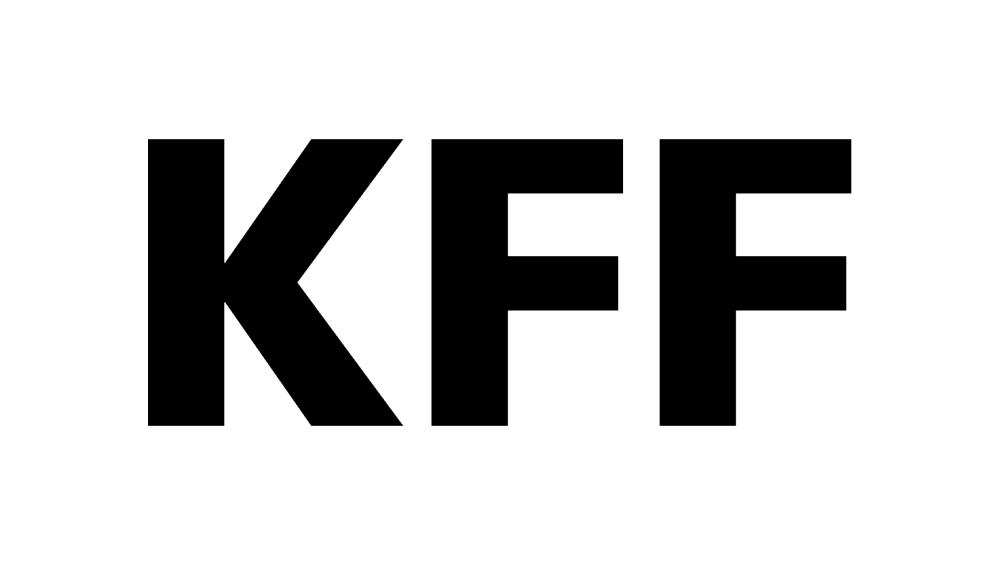 Explaining Health Care Reform: Key Changes to the Medicare Part D Drug Benefit Coverage Gap
Issue Brief
Explaining Health Care Reform: Key Changes to the Medicare Part D Drug Benefit Coverage Gap
Issue Brief
On March 23, 2010, President Obama signed the Patient Protection and Affordable Care Act into law. The health reform law, as modified by the Health Care and Education Reconciliation Act of 2010 which passed the House of Representatives on March 21, 2010 and is under consideration in the Senate, makes…